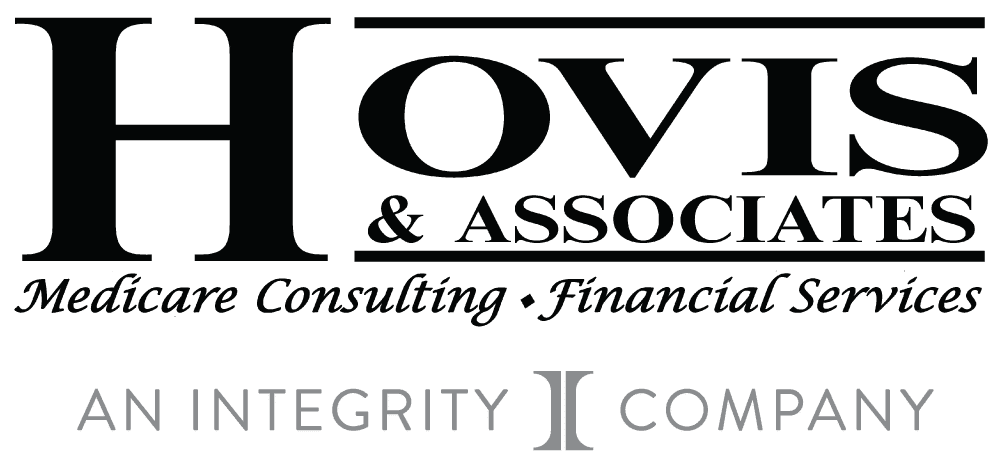To recent graduates that are joining the workforce: Welcome! There are many financial decisions you may now be facing for the first time in your lives, and that may leave you feeling overwhelmed and confused. Up until this point, your parents possibly helped you financially, covered you on their insurance policies, and provided you a place to live. Now graduates like you are embarking in the world, many saddled with large student loans, so it’s even more important to get started down a good financial path. We are starting a series of blogs to talk about many of these firsts that young adults face – retirement savings, flexible spending and health savings accounts, insurance, loans and debt, and mortgages. The focus of this blog is employer retirement plans.
While it may seem like a lifetime away, you are never too young to start saving for retirement. An easy way to begin saving is to enroll in your employer retirement plan. There are many types of plans employers could offer and the rules for each differ, so it’s important to understand and evaluate your options carefully. Below are some things to consider to help decide when and how much to contribute.
- Waiting period – Some retirement plans allow you to begin contributing as soon as you are hired. Others may have a waiting period, often 1 year, but possibly up to 2 years.
- Employer matching – If your employer has a matching component with their retirement plan, I always encourage clients to at least contribute the matching amount if you can afford to do so. Otherwise, you’re leaving money on the table. What does this mean? If you have a 3% match on your retirement plan, you employer will match your contribution up to 3% of your salary, in this example. If you contribute less than 3%, say only 2% of your salary, your employer contributes only 2%. However, if you contribute more than the matching percentage, your employer will only contribute up to the maximum match amount.
- Vesting – Some plans have a vesting schedule. A vesting schedule is a timeline in which for each year of service, a percentage your employer’s contributions become yours, or vested. If you leave your employer before the timeline is completed, you will not be able to claim all of your employer’s contribution in your account. For example, a 5-year vesting schedule would allow you to take ownership of 20% of the employer contribution after 1 year of service, 40% after 2 years, and so on. Once you’ve worked for your employer for more than 5 years, you would be fully vested and all the money that your employer contributed on your behalf would become yours. It’s also important to note that any contributions that you make from payroll deductions are always yours – no vesting required.
- Invest for the long term – Do not think of this account as savings that you can tap into when needed. While there are exceptions for special circumstances, retirement accounts should generally be considered long term investments with the money not accessible until you actually retire. Many retirement accounts have early withdrawal penalties to discourage raiding these accounts too soon. So, my advice is to only invest what you can afford to contribute, and as your income increases or budget allows, increase your contribution amount until you reach the maximum contribution limits.
With fewer and fewer companies offering pensions, the responsibility of saving for retirement is falling on the shoulders of individual employees. The earlier you start saving, the better financial foundation you’ll be setting for yourself. For help with planning for retirement, contact Hovis & Associates for an appointment.

